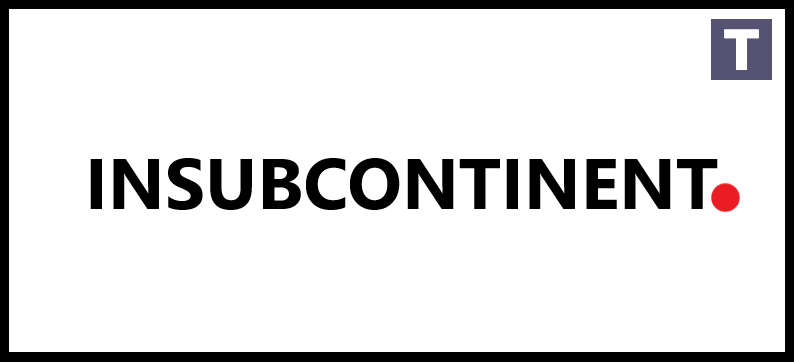INSUBCONTINENT EXCLUSIVE:
Most creators ultimately need to pitch venture companies in hopes of raising capital
Tiffany Luck, a partner at NEA, took the phase at A Technology NewsRooms All Stage occasion in Boston to address how to craft the best one.I
like to think about a VC pitch as your preliminary method for examining founder-investor fit, she informed the crowd before diving into her
Among the most important slides to have in a pitch is The What, she stated, suggesting, The What are you developing
Thats followed by The Why you are the best person for the job and why you have a distinct option
However theres another Why, too: Why is now the best time to do it.Then there is The Who, she continued, Whohave you hired to do this crazy
thing with? And lastly, The How.Howare you going to get there? How are you arriving today? How will you get there over time? she stated
Then, obviously, some sense of numbers, she added, stating that part depends upon what state a business is attempting to fundraise for
pre-seed, seed, Series A, and so forth
These are simply implied to be the essential basics.Setting the stageAs Luck discussed, The What sets the stage, telling the investor what
the problem is, how it affects people, followed by what options exist today and where lies space for disruption.Showcasing an item demo
throughout The What is a great concept, she said, and that a lot of financiers enjoy product demos.If you believe a photo is worth 100
words, I think a demo is worth 1,000 hours, she stated
When you see the item, you really get it quickly.Techcrunch eventSan Francisco|October 27-29, 2025Luck said there are two different Whys
every founder must resolve
There is the much deeper Why, where a founder goes into their origin story and explains their unique point of view on a solution.Obsession
is essential here, she stated, adding that investors desire to see and comprehend that a founder is entirely taken in by an issue and
This this passion is what will keep everyone inspired to keep building, she said.Following this is the Why now, which means going into the
market characteristics and readiness.Its informing the story of why the market is all set for what you have or what youre structure, she
said.The Why now leads into The Who, where the founder is anticipated to talk about the group theyve put together, how everyones skills
complement each other, and why everyone is consumed with the mission of the product.The shared conviction piece is truly important, Luck
Its how are you all imagining the future together?The How, is where a creator is expected to discuss milestones.Here, she said, financiers
wish to know what the minimum feasible product (MVP) is? Who are the early users? And what feedback the item is obtaining from them so
far?And again, describe where you are today
Where are you going? What have you discovered? she asked, listing off the questions.Talking about rotating, if essential, is also excellent
here.Luck kept in mind that she typically talks with creators who pivoted early or at some time in their journey
It assists investors find out more about the early phases of a business, of where not to go, what not to do, and it will assist with the
rest of the journey, she said.For the love of numbersFinally, she weighed in on the value of numbers.Investors do like numbers, she said
I think a great deal of the important numbers likewise involve storytelling
Here, financiers need to know about the market size and any traction a product may have
Why do customers enjoy this item? Why do you envision that its not just going to grow, however grow sustainably in a manner that has
fantastic retention?She likes to see a business speak about just how much cash its burning through, and what the runway looks like
The most important thing, though, is the ask: how much a creator is seeking to raise this round and what they will finish with the money.All
together, the Who, What, How, and (2) Whys work as a beginning point, helping founders as they go forth on the entrepreneurship
journey.Founding a company resembles extreme sports, she said, likening it to climbing Everest in specific
Youre increasing on turning points, different camps
Youre experiencing obstacles, youre weathering storms, and you know, eventually youre attempting to make it to the top, to the summit.

